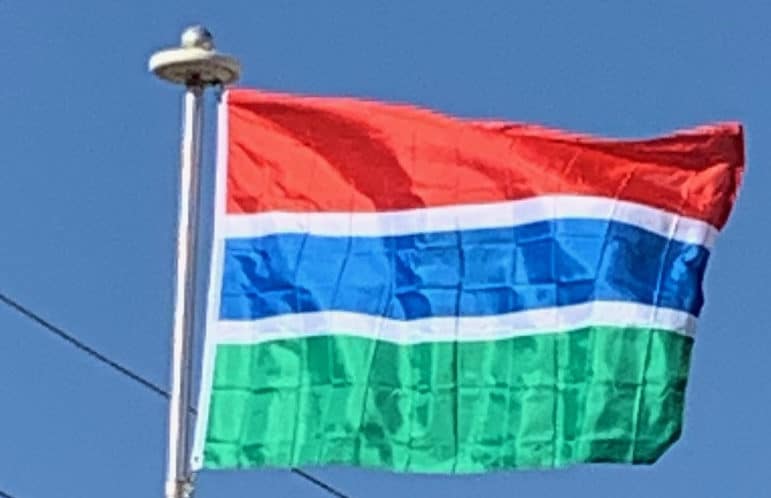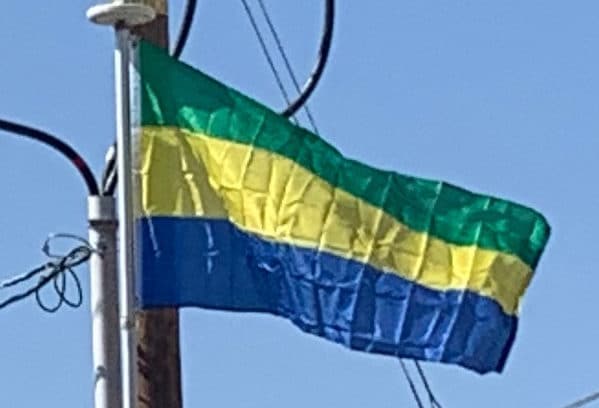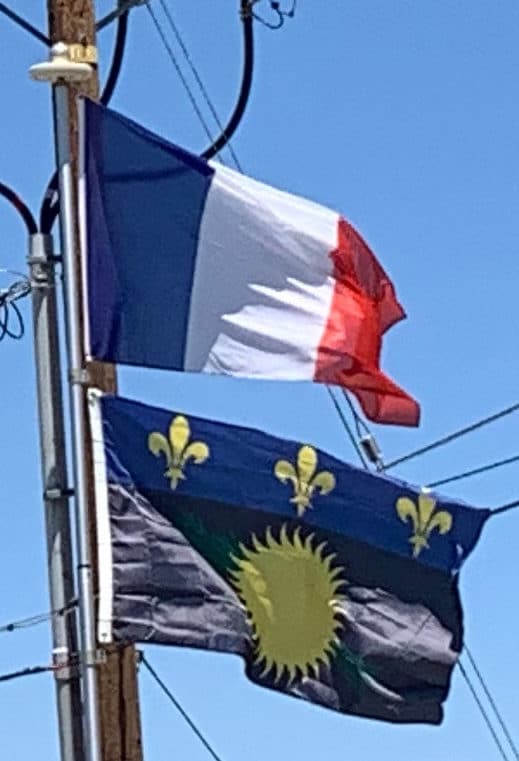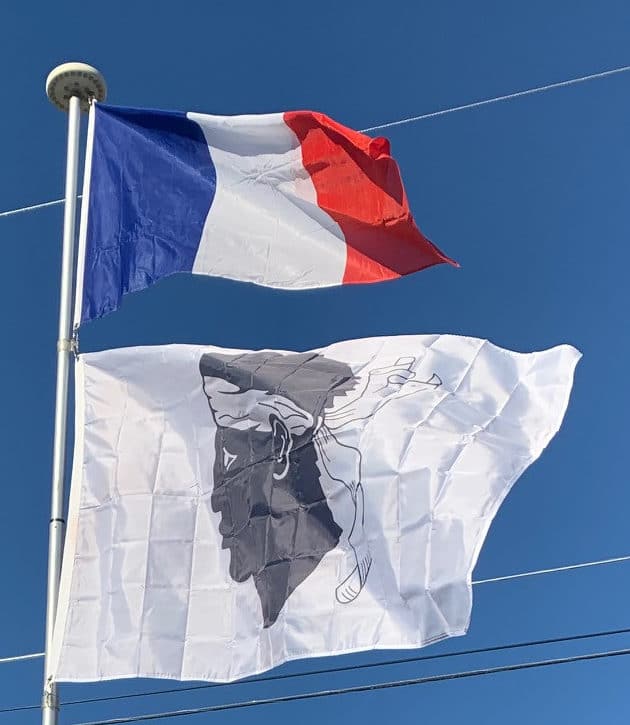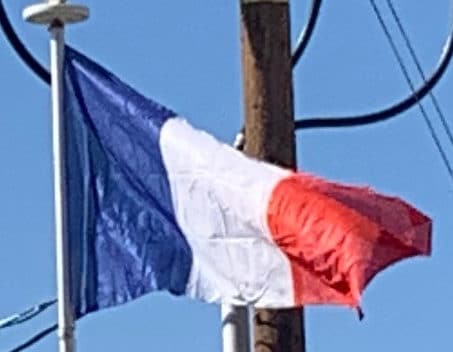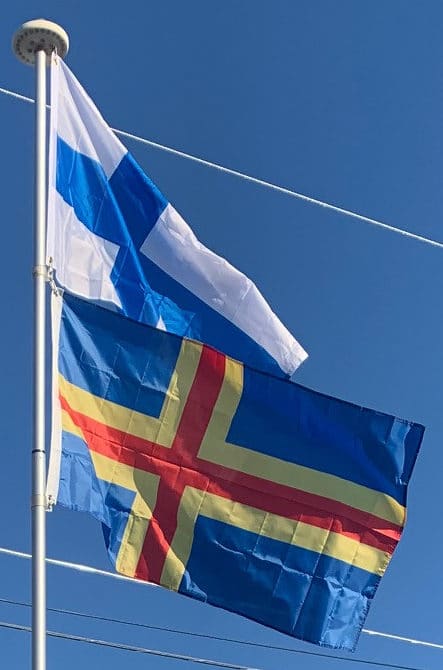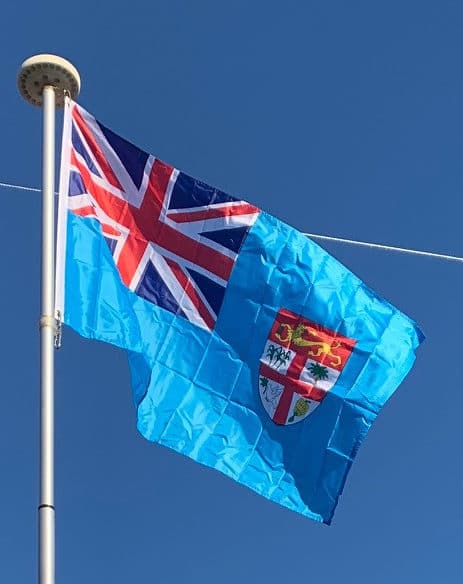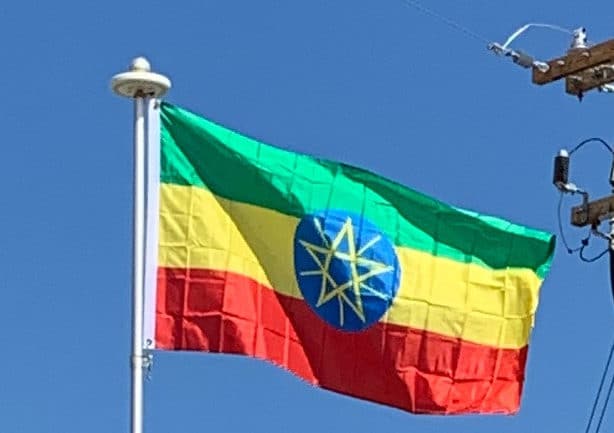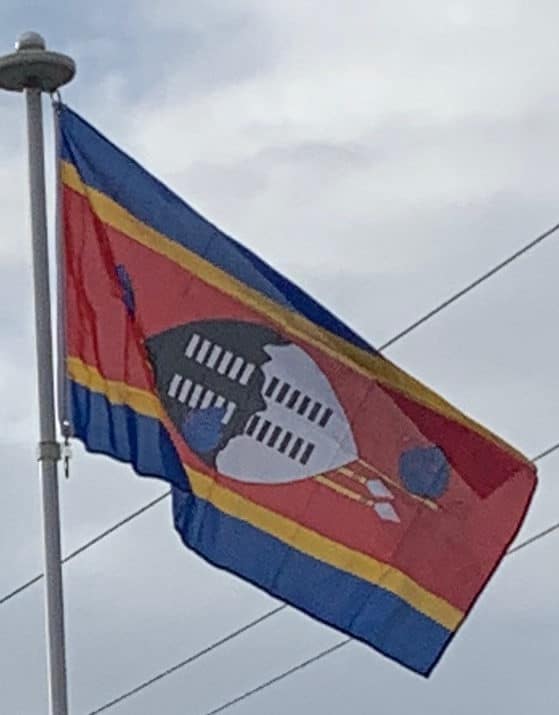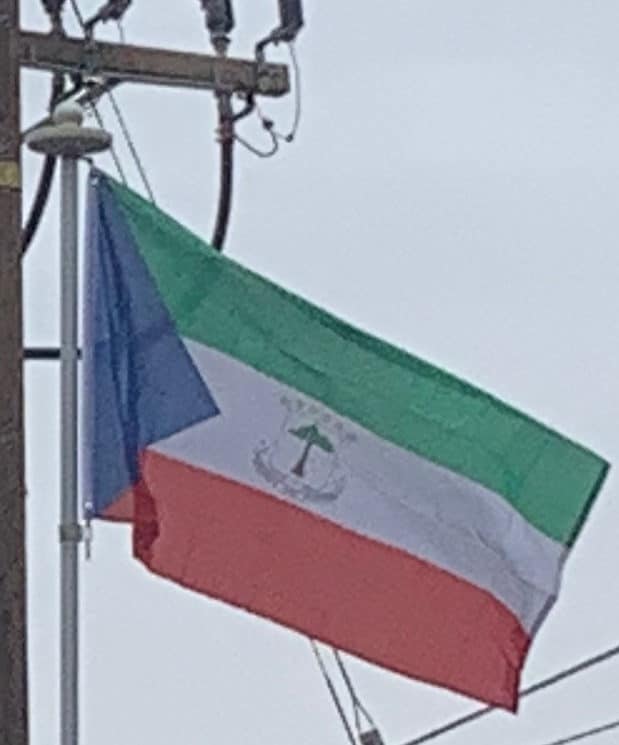The flag of Corsica was adopted by General of the Nation Pasquale Paoli in 1755 and was based on a traditional flag used previously. It portrays a Moor’s head in black wearing a white bandana above his eyes on a white background. Previously, the bandana covered his eyes; Pasquale Paoli wanted the bandana moved to above the eyes to symbolize the liberation of the Corsican people from the Genoese.
It was used by the Corsican Republic and fell out of usage after 1769, when France forced the island’s former masters to sell it to settle the debts contracted by Genoa with France. This was to pay the costs of the French expeditionary corps which should have helped Genoa to secure its control on Corsica; French troops put down the long-standing rebellion on the island. During this period under French rule, 1769–1789, Corsican patriots again used the version of the flag with blindfolded eyes, as a mark of protest.
The unblindfolded version, quartered with the British coat of arms, was used as the official flag during the Anglo-Corsican Kingdom of 1794-1796. It then fell into disuse until 1980, when it was officially re-adopted as the regional flag.
The Moor’s head is also used on the coat of arms of Corsica, the flag of the neighboring Sardinia, the coat of arms of Aragon, and on the crest of Clan Borthwick.
